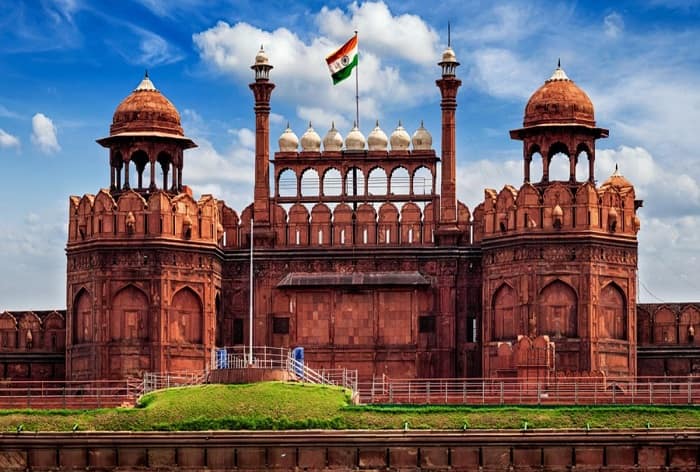New Delhi: India celebrates its 78th Independence Day today, and preparations are all done at the Red Fort in the national capital. On this day, Prime Minister Narendra Modi will hoist the national fl

New Delhi: India celebrates its 78th Independence Day today, and preparations are all done at the Red Fort in the national capital. On this day, Prime Minister Narendra Modi will hoist the national flag and deliver his 11th consecutive speech to the nation from the ramparts of the historic monument. As we celebrate this auspicious day, let’s read the top 10 facts about the Indian National Flag every student must know.
- The Indian National Flag was adopted on July 22, 1947, just before India gained independence from British rule. The flag, in its present form, was adopted during a meeting of the Constituent Assembly on July 22, 1947. The spinning wheel was replaced by the Dharma Chakra of Emperor Ashoka, symbolising truth and life. This came to be called the Tiranga.
- The first Indian National Flag was designed by Pingali Venkayya. He was an Indian freedom fighter and a noted leader in the Indian independence movement.
- The three colours–saffron, white, and green–have no communal meaning. The three colours are spread in equal ratios. According to the flag code of India, the National Flag shall be rectangular in shape. The Flag can be of any size but the ratio of the length to the height (width) of the Flag shall be 3:2.
- According to the flag code of India, the Flag should not be flown from a single masthead simultaneously with any other flag or flags.
- The saffron colour of the national flag represents the strength and courage of the country. The white in the middle is a symbol of peace, while the green colour symbolises fertility, prosperity, and the auspiciousness of the land.
- At the centre of the white band is a navy-blue wheel, which represents the Ashok Chakra, a depiction of the Dharma Chakra. Ashoka Chakra has 24 spokes, representing continuous progress.
- The Indian National Flag must never touch the ground or water. It should be displayed in a manner that preserves its dignity and honor.As per the flag code of India, whenever the National Flag is displayed, it should occupy the position of honour and should be distinctly placed.
- The Flag Code of India, 2002 was amended vide Order dated 19th July, 2022 and clause (xi) of paragraph 2.2 of Part-II of the Flag Code of India was replaced by the following clause:- (xi) “where the Flag is displayed in open or displayed on the house of a member of public, it may be flown day and night.
- The Flag should not be flown from a single masthead simultaneously with any other flag or flags.
- The first Indian Flag was hoisted on August 7, 1906 at Parsi Bagan Square in Calcutta. The flag had 3 stripes – green at top, followed by yellow and red at the bottom. Our national flag represents the citizens of the country. It signifies our unity and sovereignty. It must not be disrespected or looked down upon in any way.
Denial of responsibility! Chronicles Live is an automatic aggregator of the all world’s media. In each content, the hyperlink to the primary source is specified. All trademarks belong to their rightful owners, all materials to their authors. If you are the owner of the content and do not want us to publish your materials, please contact us by email – chronicleslive.com. The content will be deleted within 24 hours.

